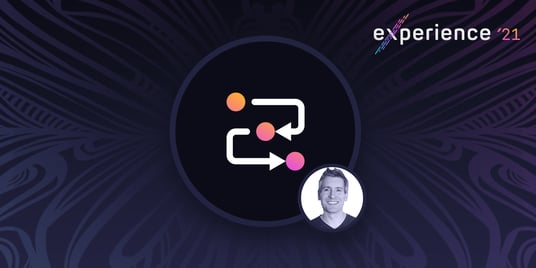Get a Free Trial
Creating, executing, and maintaining reliable tests has never been easier.
End-to-end testing is an essential part of ensuring that your automated testing strategy matches the customer experience. If your end-to-end testing strategy doesn’t align with the full user journey, the more likely it is that a critical bug may sneak into production, potentially costing your company revenue as customers abandon incomplete purchases.
When it comes to the user experience, every interaction counts — even the parts that your user doesn’t consider, like APIs. In fact, research from PWC, Gartner, and G2 reveals that:
- 86% of purchasers are willing to pay more for a better experience.
- Over 80% of companies compete on customer experience alone.
- 51% of employees are unhappy at work because of the software they use.
Users expect rich, seamless experiences that work across browsers and devices, incorporating different API-reliant touchpoints that allow them to easily login, browse, and complete a transaction. But testing these new, multiplatform experiences can be difficult. Fully browser-based tests may be relatively easy to create, but they are slower and deliver less reliable results. Traditional end-to-end testing also often misses new customer touchpoints like email, API integrations, and mobile browsing. Furthermore, a divided approach to testing can lead to less collaboration between development and quality teams and lower overall test coverage.
Creating End-to-End Tests that Match Your Customer Journey
For true quality engineering, software testing teams need an end-to-end testing strategy that covers the full extent of the new customer journey, without slowing down production cycles.
Mabl Engineering Manager Jeff Zupka shared best practices for creating true end-to-end tests during his session at this year’s mabl Experience.
In his presentation, Jeff talked about how quality engineering teams can maximize their end-to-end testing in mabl, gave insights on how to set up your end-to-end testing strategy for success, and explained the importance of working as a team.
Establishing an Effective End-to-End Testing Strategy
Set up your tests for success: An effective automated testing strategy is both balanced and diverse, and your success depends on planning, preparation, and teamwork. To set up your end-to-end tests for success, isolate your changes using preview environments so that you can more easily run and test changes as you are working.
Additionally, ensure that you’re testing early in the development process. Rather than waiting until the UI is fully up and functioning, lead with API tests to be certain all of your integrations are working correctly and get your development and quality teams on the same page.
Test the UI that matters: Keep your tests focused by removing things that don’t need to be tested. Combine API and browser tests in the same plan, taking advantage of shared variables to develop modular tests that are laser-focused on the things that matter.
Make your tests repeatable: Ensure you’re starting each test with a clean slate — one way to do this is by regularly running “janitor” or “clean up” plans that remove data from the previous test run so it doesn’t cause UX issues.
Minimize risk with comprehensive coverage: It’s essential to have coverage across different environments and scenarios that your users will be encountering. Use mabl’s release coverage feature to gather insights on specific testing segments or entire suites of tests so that you can take appropriate action.
The release coverage dashboard helps your team identify any coverage gaps, pinpoints flaky tests that are currently passing but have frequently failed in the past, and highlights any performance issues that recent changes may have introduced into the application.
Work as a team in mabl: To ensure you’ll have a successful automated end-to-end testing strategy, you must work as a team in mabl — and that means making it easier for your current colleagues and new users to quickly grasp what a particular test is trying to do.
Take advantage of labels to more effectively organize your tests and deliver focused insights for different segments, and use echo steps and custom email prefixes to help keep things organized. When your team uses mabl intentionally, they embrace every opportunity to communicate the test’s purpose makes it easier to establish a culture of quality.
Provide Compelling User Experiences Across Touchpoints
End-to-end testing is a critical part of delivering experiences that build customer loyalty and contribute to overall business success. Set up your automated tests for success by embracing a diverse, balanced testing strategy. Focus on testing the UI that matters, and ensure you’re always testing on a clean slate to avoid inadvertently skewing your test results. Identify (and rectify) any coverage gaps or performance issues, and ensure you’re working as a team in mabl. By following these guidelines, your business will be able to consistently provide compelling user experiences across every touchpoint.
Discover true end-to-end testing with mabl’s 14 day free trial.






